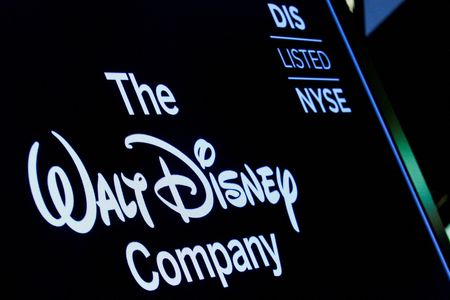By Ernest Scheyder and Ben Klayman
(Reuters) – General Motors Co plans to source rare earth magnets for its future electric vehicles from new U.S.-based manufacturing facilities under two separate deals announced on Thursday, a return to an industry the automaker had all but abandoned in the 1990s.
The agreements with MP Materials Inc and privately-held Vacuumschmelze are the latest push by GM to domestically source EV materials for its Ultium platform, a goal it hopes to achieve by 2025. GM did not disclose financial terms.
Shares of MP, which went public last year via a special-purpose acquisition company (SPAC) merger, were up 6.5% on Thursday. GM’s shares fell 1%.
The Biden administration is putting pressure on automakers via tax incentives and other measures to invest and create EV supply chain jobs in the United States and reduce reliance on China.
GM, which hopes to sell more than 1 million EVs annually by 2025, signed a supply deal with a California lithium project in July and in October said it would work with General Electric Co to study,vehicles%20and%20renewable%20energy%20equipment rare earth supply chains.
“The more we can recover natural resources for batteries and EVs from North America, process them here and manufacture them … the more value we can create,” Shilpan Amin, GM vice president of global purchasing and supply chain, said on a call with investors. “Our strategy is to control our own destiny.”
Rare earths are a grouping of 17 metals that, after processing, are used to make magnets found in EV motors that turn electricity into motion. China is the world’s largest producer and consumer of rare earths and rare earth magnets.
As part of the deal, MP Materials will build a so-called neodymium-iron-boron (NdFeB) magnet facility in Texas that will supply enough magnets for GM to build 500,000 EV motors. GM said it does not plan to take a stake in the Texas facility, which should open by 2023.
MP will source the rare earths to build those magnets from its California mine, where it is also building processing equipment. MP currently relies on China to process the rare earths it extracts from its mine, and thus all of its revenue.
A Chinese company also owns nearly 8% of MP’s shares, an ownership structure that has raised eyebrows in Washington. Las Vegas-based MP has long said it is an independent company and feels no pressure to favor Chinese interests.
The Pentagon awards $13 million in rare earths funding to U.S. projects has also funded several MP-related projects and said the United States needs more rare earth mines.
GM and Germany-based Vacuumschmelze said they will jointly build a U.S. rare earth magnet plant. Shilpan said terms of the deal are still being finalized, but the plan is to use locally sourced raw materials when production starts in 2024.
It was not immediately clear where Vacuumschmelze will procure rare earths since MP operates the only existing U.S. rare earths mine.
PAST
In an ironic twist, GM once was a global leader in the rare earth magnet industry through its Magnequench division. But in 1995, GM sold the division – and its patents – to a consortium that included two Chinese partners.
The deal helped GM grow in the Chinese automotive market, but also gave China access to the rare earth magnet technology that was first developed by U.S. military scientists. The U.S. plant that had manufactured the NdFeB magnets eventually closed, with production moving to China.
GM’s deals with MP and Vacuumschmelze essentially seek to undo that step by reviving the U.S. rare earth industry. It was not immediately clear if GM, MP or Vacuumschmelze will license the NdFeB patents – some of which are now held by a division of Hitachi – for U.S. production.
GM referred questions about patents to its two new suppliers. MP said it is confident it can either license the patents or engineer new ways to make the magnets that do not infringe the patents. Vacuumschmelze representatives could not immediately be reached for comment.
While GM is building an electric vehicle supply chain for North America, it is also building one for China, which is the company’s largest in terms of vehicle sales.
(Reporting by Ben Klayman, Ernest Scheyder and Joe White; Editing by Marguerita Choy)











